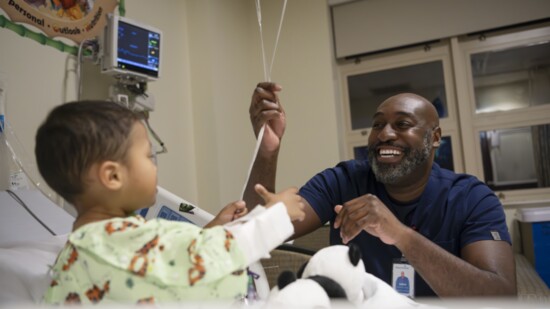Nearly 9 million U.S. children visit emergency rooms annually, according to Safe Kids Worldwide. Below are eight common household hazards and prevention tips shared by AdventHealth's Dr. Mitch Maulfair.
Swimming Pools
Swimming pools can be dangerous without supervision. Always keep an eye on kids near water, even if they know how to swim. Install pool fences with self-latching gates and learn CPR. Remember, accidents in the water often happen silently.
Trampolines
Trampolines are associated with frequent emergency room visits due to unsafe conditions. Despite safety nets, the American Academy of Pediatrics advises against home trampolines to avoid potential issues like falls and collisions.
Car Seats
Proper car seat use is essential for keeping kids safe during travel, but 75% are installed incorrectly. Parents should ensure correct installation, use rear-facing seats as long as possible, and replace expired car seats.
Medications
Each year, many children visit emergency rooms after accidentally accessing medicines. Keep all medications out of reach and avoid relying solely on childproof caps. Use dosing devices provided with medications to prevent mistakes.
Button Batteries and Magnets
Button batteries and magnets can be harmful if swallowed. Store these items securely and monitor children's access to them.
Hot Surfaces/Substances
Hot liquids, chemicals, or sun exposure can lead to ER visits. Set water heaters to 120°F, secure hot items, and use sunscreen for kids over six months.
Bikes and Scooters
Helmets are essential for preventing ER visits. Florida law requires helmets for riders under 16, and parents should enforce this rule.
Automobiles
Teen drivers face unique challenges on the road. Teach proper driving habits, model safe behaviors, and discourage distractions like texting.
For emergencies, locate your nearest AdventHealth ER at MyClosestER.com.
Nearly 9 million U.S. children are treated for injuries in ERS annually
